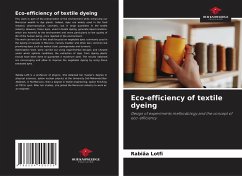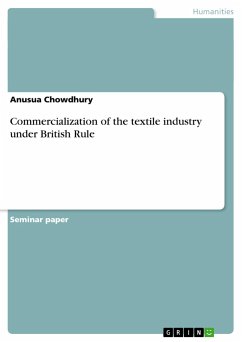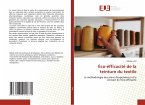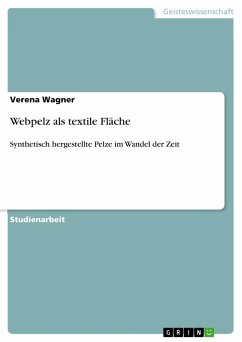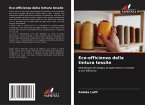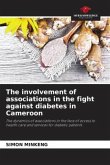This work is part of the preservation of the environment while enhancing our Moroccan wealth in dye plants. Indeed, dyes are widely used in the food industry, pharmaceutical, cosmetic, but in large quantities in the textile industry. However, these dyes, used in textile dyeing, generate liquid solutions which are harmful to the environment and more particularly to the quality of life of the human being, once rejected in the environment. The work carried out in this book focused on vegetable dyes commonly used in the dyeing of carpets in Morocco, namely madder and other less common but promising dyes such as walnut stain, pomegranate and turmeric. Optimization tests were carried out using experimental designs and showed under which optimal conditions the extraction of dyes from dyeing plants should have been done to guarantee a maximum yield. The results obtained are encouraging and allow to improve the vegetable dyeing by using these extracted dyes.
Bitte wählen Sie Ihr Anliegen aus.
Rechnungen
Retourenschein anfordern
Bestellstatus
Storno

